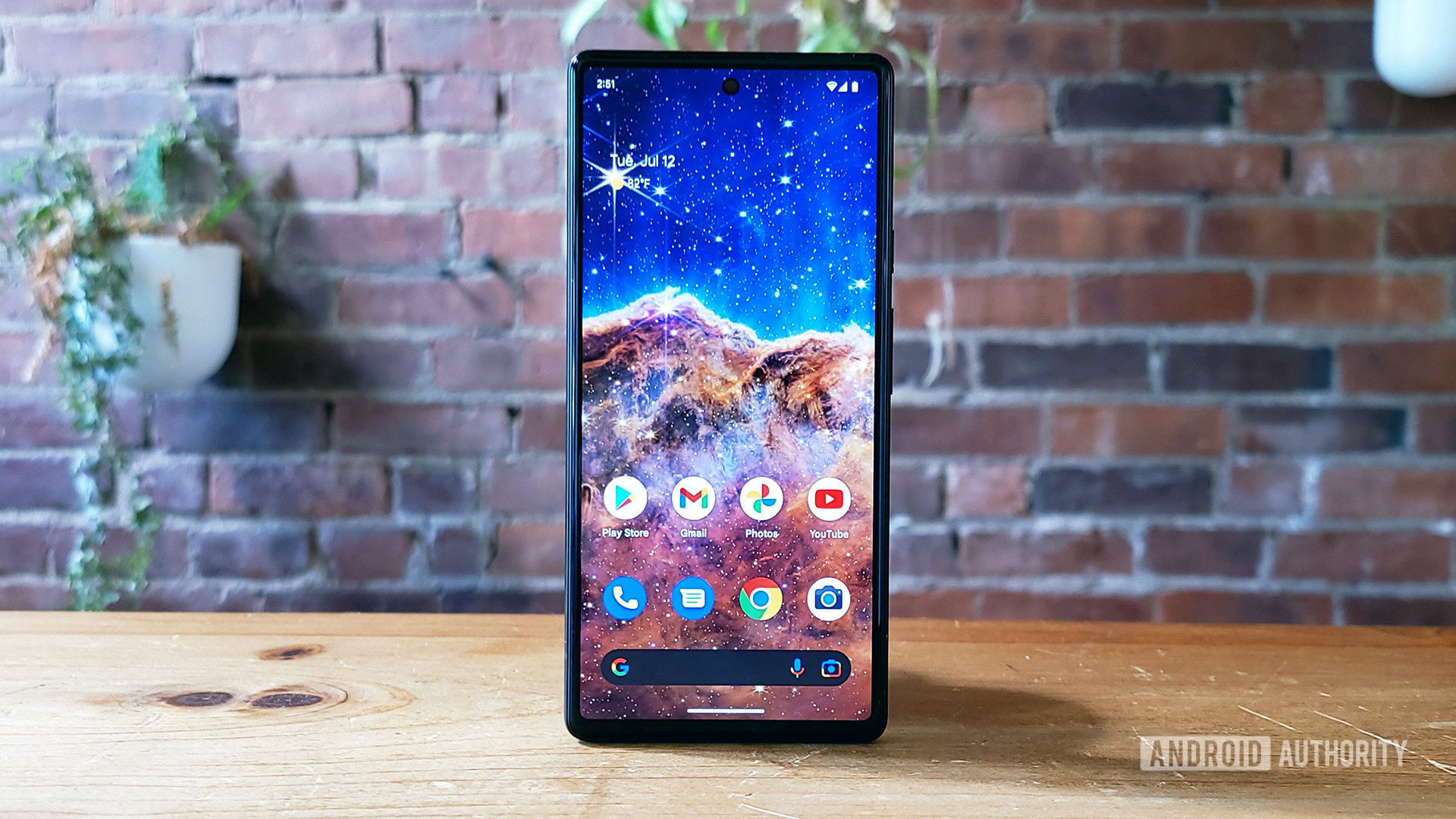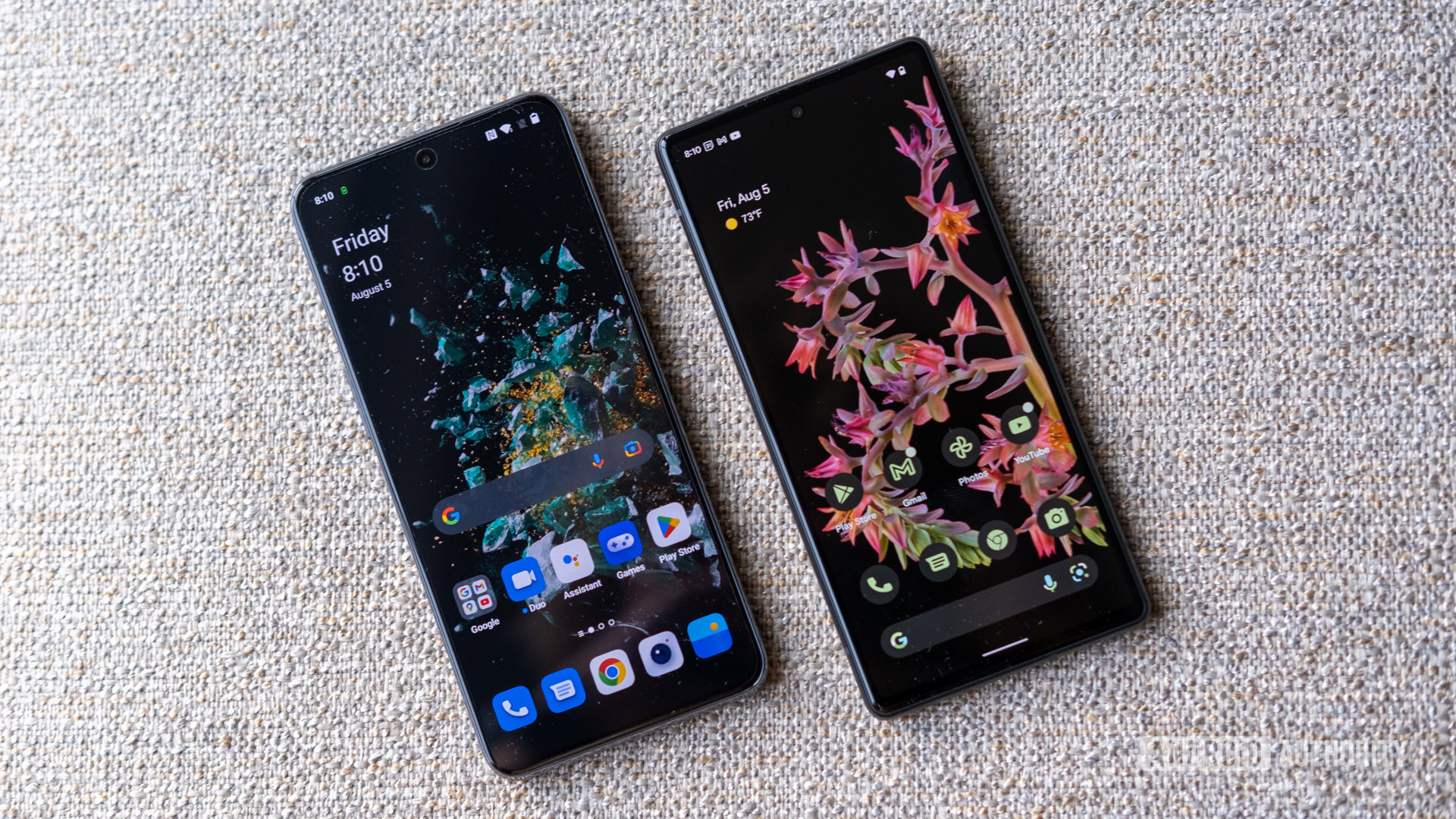Affiliate links on Android Authority may earn us a commission. Learn more.
Do Android phones get viruses? Here's what you can do to stay safe

Android currently holds around 70% of the world’s smartphone market, which means it’s a big target for malware. How worried should you be about malware on Android? And what can you do to protect yourself?
Here’s what you need to know about viruses and malware on Android.
What to know about malware on Android

To get really technical, Android phones cannot get viruses, but they can get all sorts of other malware. “Virus” means a self-replicating piece of malicious software. Malware is a much broader category of programs that can harm your device or steal your information. Still, people often call any form of harmful or malicious software a “virus,” regardless.
So, while viruses may not technically exist on Android, you can still get spyware, ransomware, and many other malicious programs on your phone. You’re also still vulnerable to phishing attempts and fraud.
You’ll most likely stumble across malicious software in the form of bad apps. While Google has standards in place to prevent apps from the Play Store from harming your phone, there have been apps available that stole data or otherwise acted suspiciously. Furthermore, third-party app stores and websites may not have any sort of quality control in place, so downloading apps from them will always be a risky proposition.
How to protect yourself from Android malware and find out if you have it

Because an easy way malicious software can end up on your phone is by downloading apps, you should be wary of suspicious apps. If an app asks for unnecessary permissions or behaves weirdly, uninstall it. If you’re going to install apps from a third-party app source, be extra cautious and check what security guidelines the store has in place.
Another avenue for malicious software to end up on your phone could be through malvertising or malicious advertising. If you come across a shady ad and click on it, it could download malware onto your device. However, if you come across a pop-up that claims a virus has infected your Android device, it’s a scam. The pop-up itself is actually attempting to steal your data. Clicking on the pop-up will send you to a page asking for credit card information and other details, or to download an “antivirus” app that itself would be malware. Rather than hitting the “X” button on these pop-ups, close the entire browser tab instead.
Be wary of suspicious apps, websites, and links when using your Android device.
You’re still vulnerable to phishing attempts when clicking on malicious links in SMS messages or DMs, too. So, be wary of emails that pretend to be from official sources like utility companies or Amazon but aren’t from the expected address or contain typos or other errors.
Finally, a much rarer but still possible way to get malware is via Bluetooth. Hackers can create malicious Bluetooth devices that hijack your phone or install malicious software, so if you see a Bluetooth device you don’t recognize, don’t connect to it.
Above all, however, make sure you keep up with updates. Android’s update experience is not seamless, and it often takes a while for stock Android releases from Google to end up on any manufacturer’s device. That means there’s time for bad actors to develop hacks and exploits. Therefore, it’s better to install updates as soon as possible.
How to find out if your Android device has malware
Now that you know what kind of malware might end up on your Android device and from where, here’s how to tell if your phone might be infected:
- Unexplained ads: If you see weird ads or they keep cropping up all the time, this may be a sign you have malware, especially adware.
- Strange apps: Your Android phone may have many apps installed that you don’t remember downloading, which could be a sign of malware.
- Unexpectedly high data usage or high bills: Some malware might consume lots of your mobile data. They may be siphoning your data off to hackers or downloading even more malicious software. Furthermore, some apps may place charges to your account without you knowing it until your bill shows up.
- Crashes and freezes: If your phone keeps crashing and freezing or apps constantly malfunctioning, this could be a sign that you have malware.
- Overheating or short battery life: If your phone gets hot or drains its battery far too fast, malware could be eating up all your phone’s resources. Look out for instances when you notice battery drain being horrible all of a sudden, as that is clearer sign and distinguishes itself from normal battery degradation.
What to do if your Android phone has malware
If your Android phone does get malware, you have a few options available to help deal with it:
- Do a Google Play Protect scan: If your phone ships with the Google Play Store, you also have access to Google Play Protect. This is an app scanner built into the Play Store that scans your phone for any harmful apps that may exist. This should be your first step, as Play Protect will catch a good majority of malicious apps and prompt you to uninstall them. To do a Play Protect scan, open the Google Play Store, click on the profile icon in the top right corner, and select Play Protect. Click on Scan to do an app scan. You can also use Play Protect to review permissions for unused apps.
- Use a virus scanning app: Many malware and virus scanner apps are available for Android, and we have collected 15 of them that are among the best antivirus apps on Android. While these apps can help you find and remove malware, remember that not every app can find every malicious piece of software, and some don’t work at all.
- Factory reset: You can attempt to factory reset your phone to remove malware, as most malware cannot survive a factory reset (albeit a very small percentage of really advanced malware can survive a factory reset — most people don’t have to worry about them). Different Android phones might require various steps to factory reset; if the option is available. So, check your phone’s documentation to be sure you can do this. If you choose to factory reset your phone, remember that you’ll lose photos, videos, and other data. But don’t just back up your data, as that could back up the malware too. Instead, email any photos or videos to yourself you want to save before resetting your phone.
Fortunately, even if you get malware on your Android device, it likely won’t be bad enough to brick your phone entirely. Removing it may take a long time, but you shouldn’t have to throw your phone away.
Frequently asked questions about malware and viruses on Android
Yes. Malicious links can download malware to your phone, so be careful what you click on in SMS messages, DMs, and other inboxes.
Yes. Like any computer, you should be careful sharing your passwords with other people and safeguard login details. As a result, you should always practice good security and use strong credentials everywhere.
Android phones do not get a virus technically, but they do get other types of malware.
Because of how iOS works, iPhones are difficult to infect with malware. Thus, Android phones do get more malware than iPhones.
Websites may fool users into downloading malware or adware apps on Android. While these aren’t technically viruses, they are still annoying and bad for your phone and privacy, and thus, equally undesirable.
If your phone comes with Google Play Store installed, you have access to Play Protect, which is equivalent to a virus scan.
If your phone comes with Google Play Store installed, you have access to Play Protect, which is equivalent to a virus scan.